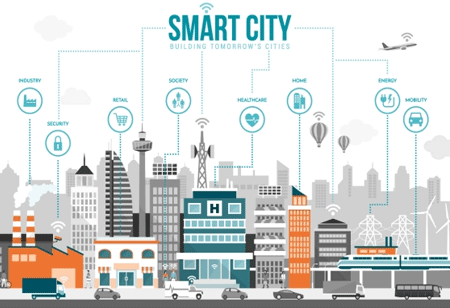THANK YOU FOR SUBSCRIBING
Why Cloud Technology is Important for Remote Working?
Although avoiding a ransomware attack is an important factor, organizations must also ensure that they can recover if one occurs.

By
Apac CIOOutlook | Friday, April 02, 2021
Stay ahead of the industry with exclusive feature stories on the top companies, expert insights and the latest news delivered straight to your inbox. Subscribe today.
Although avoiding a ransomware attack is an important factor, organizations must also ensure that they can recover if one occurs.
Fremont, CA: Businesses have replaced informal conversations with online networking, supplemented data centers with the cloud, and protected their data from outages, and cyber attacks with SaaS solutions as remote working has become the "new standard."
Leading businesses use the cloud to allow employees to make quicker decisions, business teams to grow more aggressively, and IT to communicate with the business more meaningfully after their initial ventures into the cloud.
Secure and Compliant Environments
Cloud-based networking has largely replaced in-person experiences in almost every industry. Organizations must plan on increasing their infrastructure to accommodate the natural growth of their applications. Since supply constraints have limited data center growth, most businesses have turned to the cloud as a safety net. They free up resources for their business-critical applications by migrating simple workloads to IaaS and SaaS solutions.
IT is implementing SaaS security solutions to keep their environments secure and compliant. Cybercrime is on the rise, and Covid-19's remote workers make a perfect target for phishing. Although avoiding a ransomware attack is an important factor, organizations must also ensure that they can recover if one occurs. Since data and control are air-gapped with a cloud protection solution, ransomware protection and recovery are automatically built-in. They then protect everything because ransomware will target the entire environment, including endpoints, SaaS applications, the cloud, and the data center.
Drive Businesses
The company moves more quickly when business teams can execute and increase applications on demand. Lines of business need a stable, safe cloud platform to allow them to deploy new applications with the least amount of financial and compliance risk. The lines of business can now use the stable, secured cloud platform that IT developed to migrate data center workloads.
The IT department can then use its cloud infrastructure to help the company move even faster. Cloud and SaaS allow IT to concentrate on enforcement and business requirements rather than infrastructure troubleshooting. Customers, staff, and regulators will demand greater clarity about data protection as the environment transitions to this new landscape. IT can handle regulatory requirements while allowing the company to offer solutions to customers by changing its emphasis from infrastructure management to data management.
Architectural Considerations
When shifting to the cloud and SaaS, companies can follow three rules. To begin, don't use the cloud for applications or workloads that necessitate a complete re-architecture; you don't need to go completely cloud to stay ahead of the competition. Second, rather than trying to run core services yourself, use SaaS applications. Third, be aware of your network's needs and configuration. Errors in network design are the leading cause of performance and security problems.
See Also :- Top Cloud Based Planning Companies





